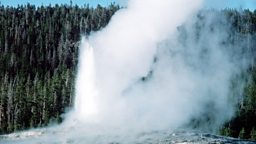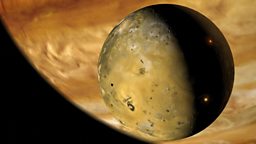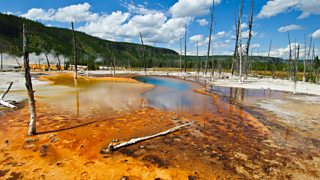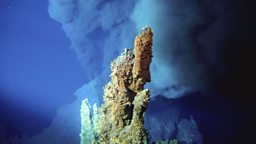7 Things You Should Know about Extremophiles
. Here's a list of seven things you need know to about these special organisms:
1. They are small but tough
Usually, but not invariably, single celled organisms that can survive and thrive in what humans would consider extreme conditions – radioactive, low or high pressure, acidic or alkaline, very hot or very cold.
2. We've known about them for some time...
They are found in places like the springs and geysers at Yellowstone Park.

3. ...but in 1977 there was a major discovery
In 1977, explorers in a submersible called Alvin found hydrothermal vents on the ocean bed near the Galapagos Islands. Though completely dark, the area around the vents was teeming with life: eg shrimps, giant clams, tube worms with no mouth or anus. They were feeding on microbes that were living in the vents.
4. Hydrothermal vents are gaps in the sea bed
Gaps from which water streams out, heated from the rocks deep under the surface. They tend to be found where tectonic plates meet, in volcanically active areas.

5. The microbes are complex
Typically they are archaea, originally thought to be a form of bacteria but, since the 1970s, known to be a distinct domain of life alongside them. It’s thought the more complex cells, which we are made of, originated when a bacterium entered an archaeon.
6. Extremophiles give clues to find life in space
Our understanding of what is needed for life has changed. Life almost certainly requires carbon and water but can develop without oxygen or light. Many microbes in the vents get their energy from hydrogen sulphide rather than oxygen.
7. Life could be on nearby planets
Under deep ice or where there are hydrothermal vents, for a start. Attention has focused on Europa, one of the moons of Jupiter and on Enceladus, one of the moons of Saturn.



















